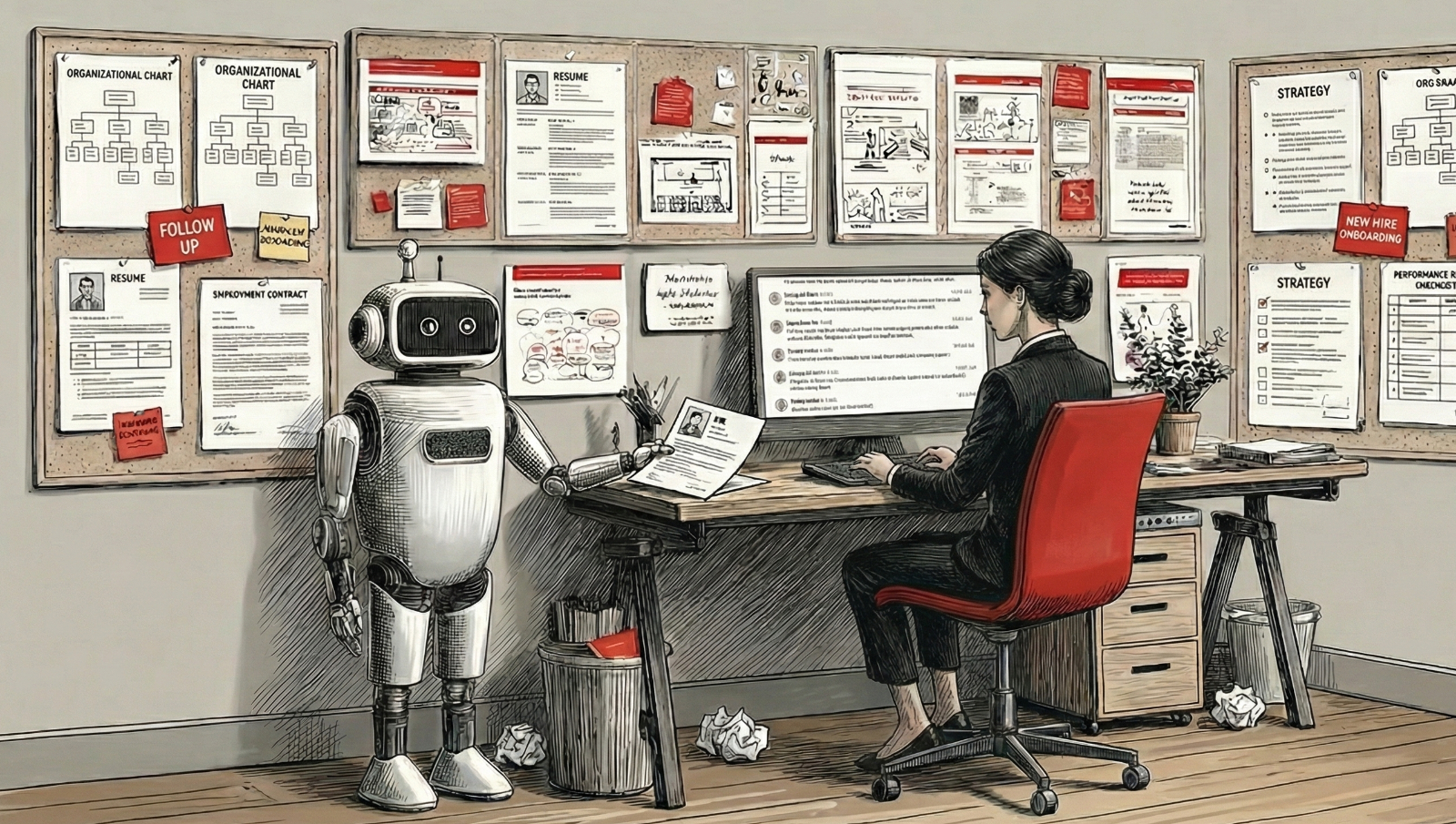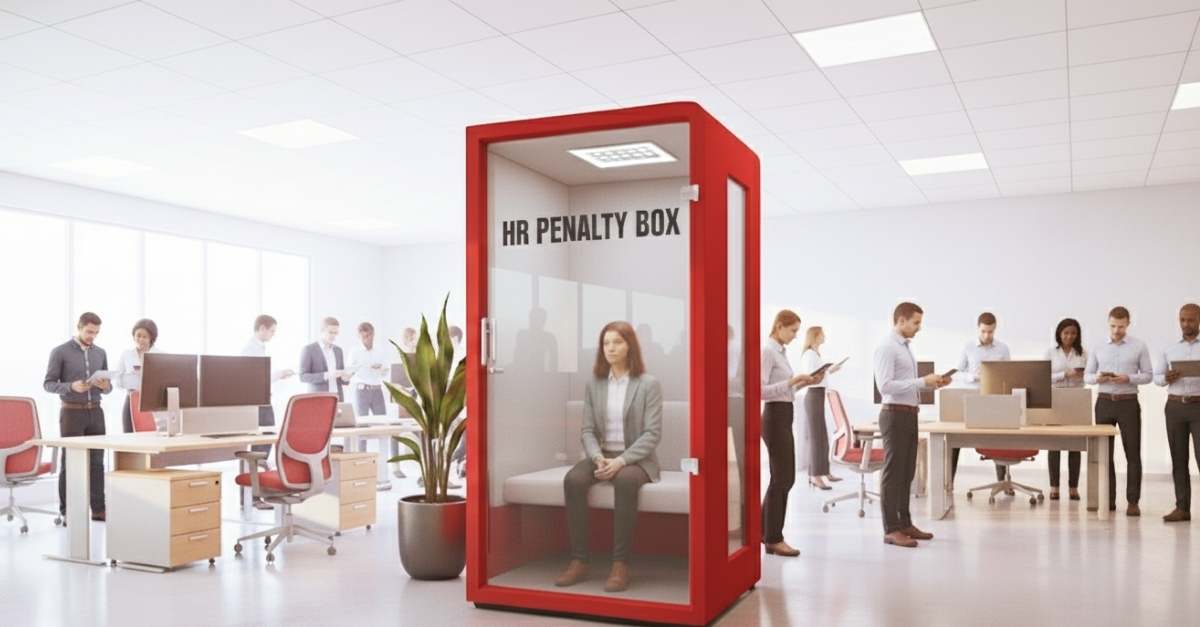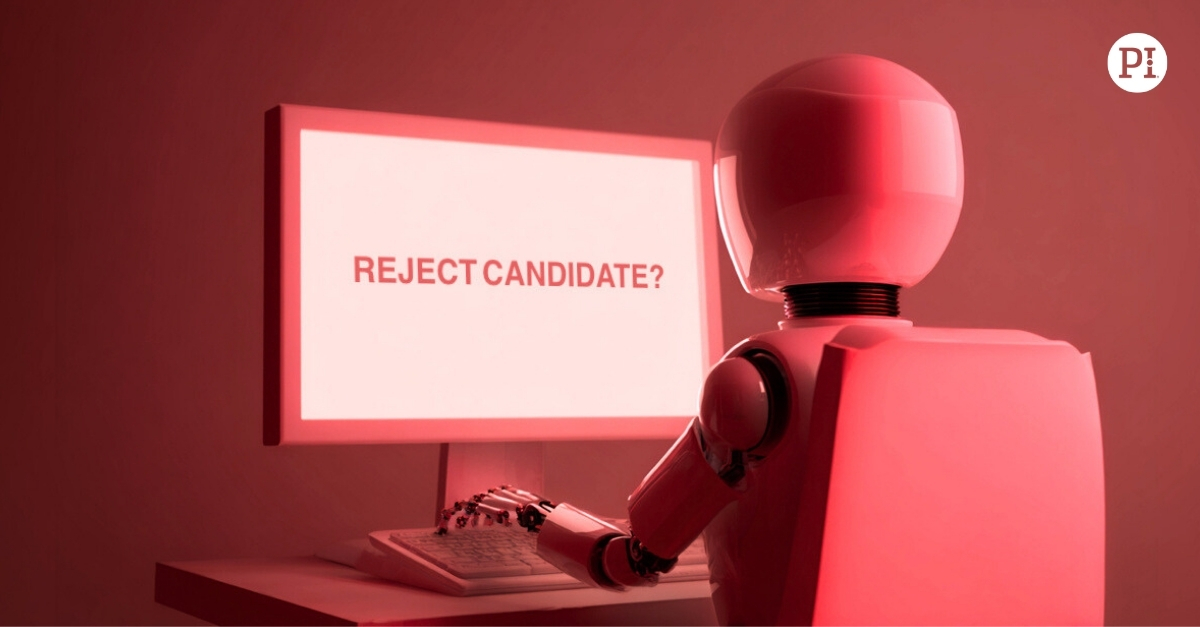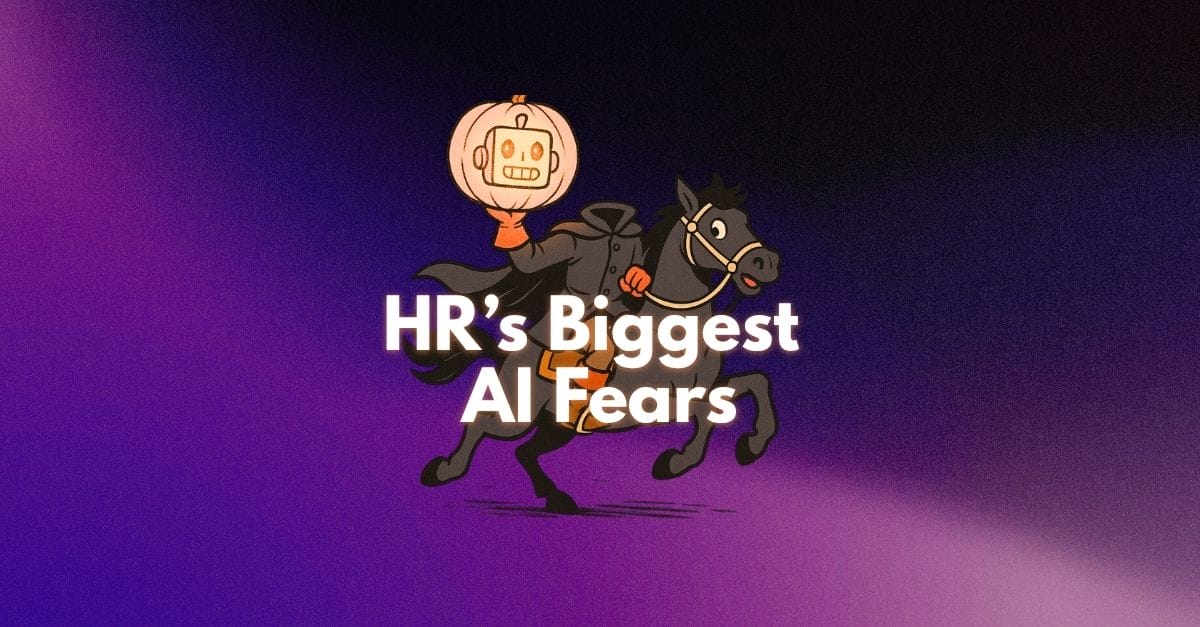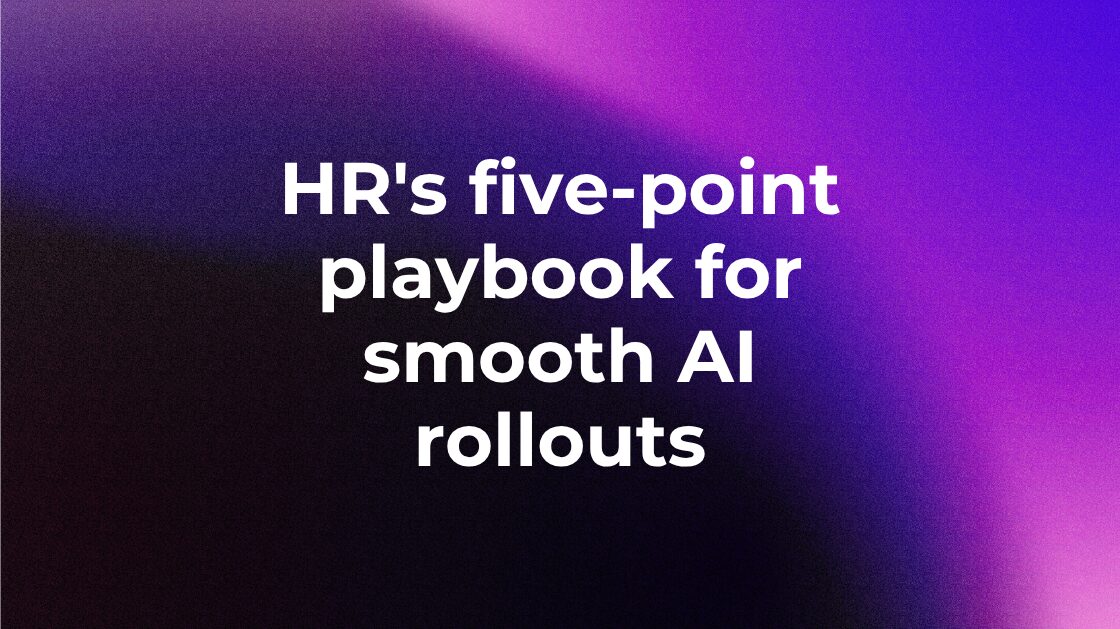As your company grows and evolves, you’ll have new positions and vacancies to fill.
You could be in a period of growth, or you could be backfilling a management or senior leadership position. You might even be trying to change your strategic direction and looking for senior leaders who are behaviorally-wired to help drive the success of those initiatives.
Either way, the question will likely arise: Will we make an external hire or promote from within?
There are pros and cons to each—and the option you choose will be based on your business strategy and how soon you need to fill each position.

4 reasons to promote from within
There are numerous reasons why you might decide to promote from within. Here are a few:
1. Existing employees already know your business or product.
If a new role requires a deep understanding of your business or knowledge of your product, you might want to hire internally so that employee can be productive faster.
Promoting from within is something we encourage and practice here at PI. At the beginning of 2020, we promoted five top performers across varying departments to product manager roles. These positions required candidates who have a deep understanding of our business strategy and product, so it made sense to source these candidates internally, then backfill their positions.
2. Internal candidates are already cultural fits.
Have you ever hired someone who wasn’t the right fit for your company culture? They had the right skill set, their resume was perfect, but they just didn’t fit with the organization. Maybe they couldn’t keep up with the quick pace, or maybe they were too much of a loose cannon in your highly regulated field. Either way, this mishire costs your business money.
3. Your top performers are looking for ways to grow—and leaving when they don’t find them.
The 2019 Employee Engagement Report found that one of the top drivers of turnover intent is lack of career growth opportunities. Your top performers are looking for ways to hone or expand their skill set, contribute more value to the company, and grow.
You can give them the growth opportunities they crave with internal promotions. Keep in mind: Not everyone wants to move into a management role. Some employees would prefer lateral career pathing opportunities.
4. Lack of career development opportunities is causing employee engagement to nosedive.
In addition to retaining top performers for the long term, promoting from within supports employee morale across the entire organization. Employees want to be able to envision a future for themselves at the company—and if there’s no opportunity for them to grow, they’ll start to look elsewhere.
When to bring in an external hire
If you’ve conducted a skills gap analysis, you might realize no one in your company has the skills or experience necessary to take on a position—and that’s OK. If this is a hire you need to make immediately, you’ll likely look outside your organization for the perfect candidate.
For example, at PI, we’re hiring a string of engineers who can help build and refine our suite of talent optimization tools. While we’ve given internal candidates with an interest and aptitude for engineering an opportunity to move into the role and grow, we’re currently looking for experienced engineers. As a result, we’re hiring externally.
Choosing to promote from within? Make sure to set your new hire up for success.
Just like you designed an onboarding process for external candidates, give your newly-promoted employees the same treatment. You won’t need to cover your organizational values or the employee handbook, but they’ll need a formal introduction to their new team and role expectations for a smooth transition.
